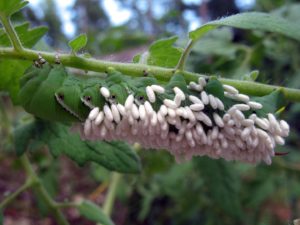
Hooray for Beneficial Bugs in the Veggie Garden!
Contrary to popular belief there are more good bugs than bad in the landscape. About 1% of all insect …



El inglés es el idioma de control de esta página. En la medida en que haya algún conflicto entre la traducción al inglés y la traducción, el inglés prevalece.
Al hacer clic en el enlace de traducción se activa un servicio de traducción gratuito para convertir la página al español. Al igual que con cualquier traducción por Internet, la conversión no es sensible al contexto y puede que no traduzca el texto en su significado original. NC State Extension no garantiza la exactitud del texto traducido. Por favor, tenga en cuenta que algunas aplicaciones y/o servicios pueden no funcionar como se espera cuando se traducen.
Inglês é o idioma de controle desta página. Na medida que haja algum conflito entre o texto original em Inglês e a tradução, o Inglês prevalece.
Ao clicar no link de tradução, um serviço gratuito de tradução será ativado para converter a página para o Português. Como em qualquer tradução pela internet, a conversão não é sensivel ao contexto e pode não ocorrer a tradução para o significado orginal. O serviço de Extensão da Carolina do Norte (NC State Extension) não garante a exatidão do texto traduzido. Por favor, observe que algumas funções ou serviços podem não funcionar como esperado após a tradução.
English is the controlling language of this page. To the extent there is any conflict between the English text and the translation, English controls.
Clicking on the translation link activates a free translation service to convert the page to Spanish. As with any Internet translation, the conversion is not context-sensitive and may not translate the text to its original meaning. NC State Extension does not guarantee the accuracy of the translated text. Please note that some applications and/or services may not function as expected when translated.
Collapse ▲
Contrary to popular belief there are more good bugs than bad in the landscape. About 1% of all insect …
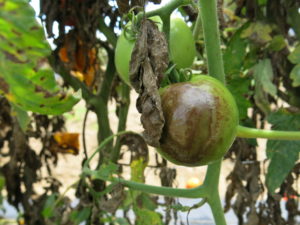
Late blight on tomato has been confirmed near Macon County, NC on July 27, 2021. UPDATE August 3, 2021: The …
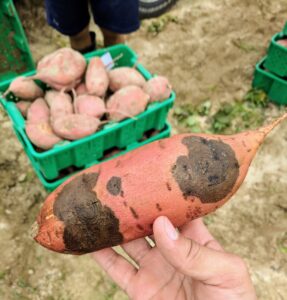
Written by Camilo H. Parada-Rojas and Dr. Lina M. Quesada-Ocampo The United States (U.S.) Environmental Protection Agency (EPA) renewed the …

From Camilo Parada and Dr. Lina Quesada-Ocampo In collaboration with the Plant Disease and Insect Clinic at NC State University, …

Check out The Green Industry News – March Issue! This month you’ll find a how-to video for Pruning Summer Flowering …
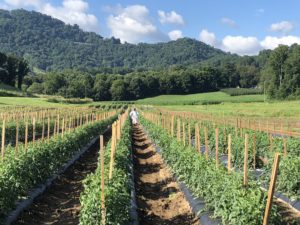
The fungicide spray guides for tomato and pepper are intended for commercial growers and are suggested products or programs …
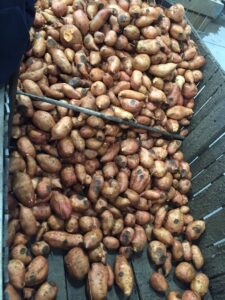
From Madison Stahr and Dr. Lina Quesada-Ocampo Sweetpotato black rot, caused by the fungal pathogen Ceratocystis fimbriata, was found in …
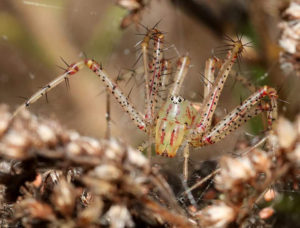
Chatham Conservation Partnership conducted a webinar on SPIDERS on October 15, 2020, and we had a great turnout of about 130 …

The number of chrysanthemum samples diagnosed with Fusarium wilt this year is well above average, according to NC State …
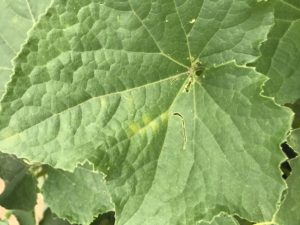
Cucumber Downy Mildew (CDM) has been confirmed on cucumber plants in our sentinel plot in Waynesville, NC (Haywood County). …
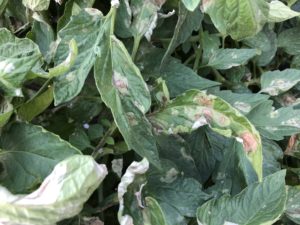
Late blight on tomato was confirmed in Buncombe County on July 17, 2010, and confirmed by microscopic observation of …
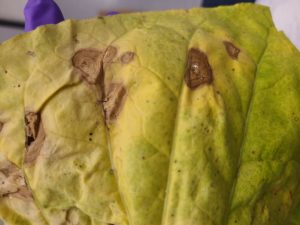
Persistent wet weather conditions continue to cause issues for tobacco diseases across the state. In particular, target spot, caused …
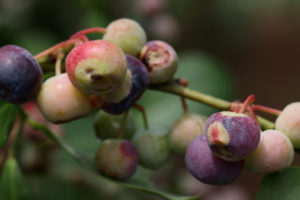
I recently visited a small Chatham County blueberry farm and found some of the bushes were infected with Exobasidium, …
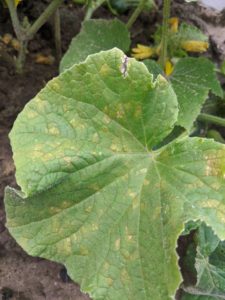
Written by Lina Quesada-Ocampo and Brandon Parker Cucumber downy mildew, caused by the oomycete pathogen Pseudoperonospora cubensis, has been found …

With the current temperatures in the 60’s and 70’s and cloudy skies, conditions are conducive for late blight to …

This announcement was updated Thursday, December 3rd, 2020 from the previous versions The NC State Plant Disease and Insect Clinic …
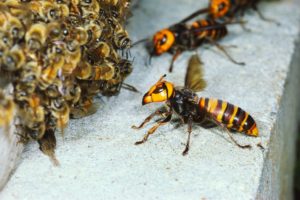
There is a viral news story circulating about the “murder hornet,” the unfortunate moniker of the Asian Giant hornet, Vespa …
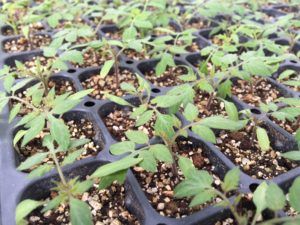
Whether you are a commercial grower or a homeowner wanting to produce your own transplants, avoiding diseases, such as …
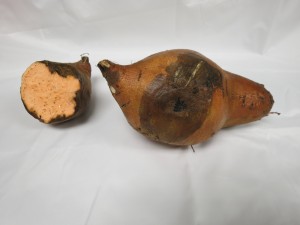
From Madison Stahr and Dr. Lina Quesada-Ocampo The environmental protection agency (EPA) has renewed the specific exemption section 18 emergency …
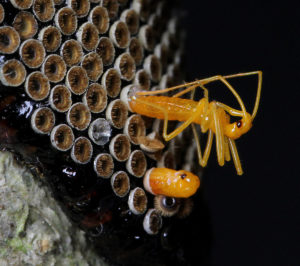
The wheel bug, Arilus cristatus, is North Carolina’s largest assassin bug. It gets its name from the prominent spiny …

This factsheet describes the biology of the cane lace bug or bamboo lace bug, Leptodictya …

This soybean insect factsheet describes the biology, damage, and control of the soybean aphid, a …

This factsheet describes the biology of the banded sphinx moth or lesser vine sphinx, Eumorpha …

This factsheet describes the biology of the elm-grass root aphid, Tetraneura ulmi, and provides residential …
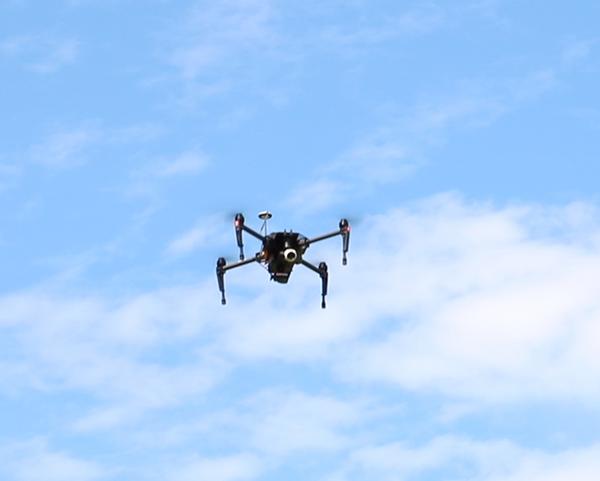
This publication discusses flying unmanned aerial vehicles (drones, model aircraft) for commercial purposes. You'll learn …
This publication describes the life cycle, scouting and treatment of the balsam twig aphid, a …
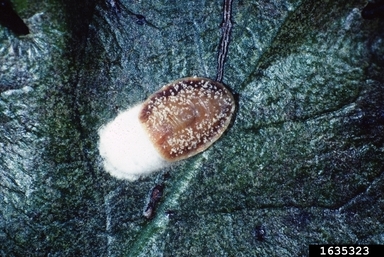
This article will cover two important scale insect pests of blueberries in North Carolina, terrapin …

This vegetable pathology factsheet describes the identification and treatment of anthracnose of pepper.